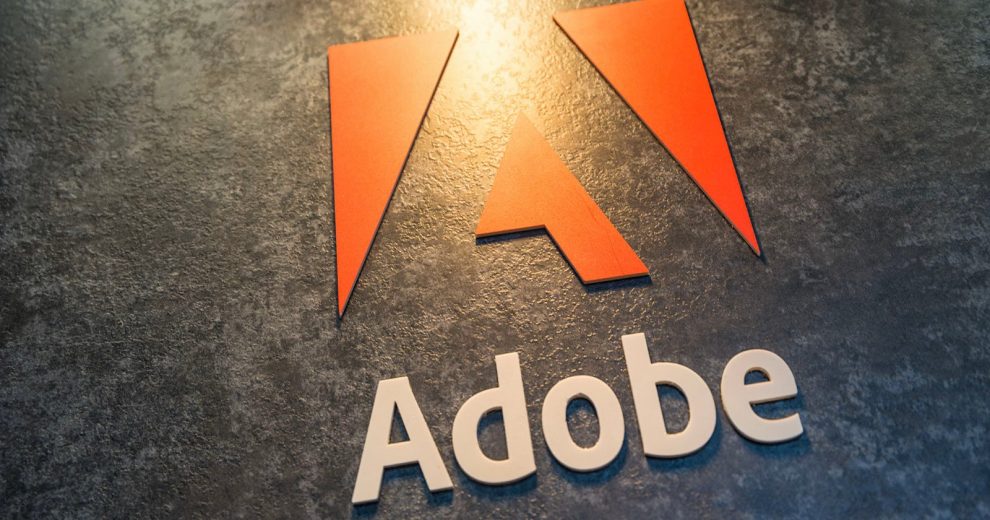The Spark that Ignited a Firestorm
The Clause that Raised Eyebrows
At the heart of the issue lies a specific clause within the updated terms. The clause states that Adobe reserves the “right (but not the obligation) to remove Content or restrict access to Content, Services, and Software if any of your Content is found to be in violation of the Terms.” While this might seem innocuous on the surface, it’s the ambiguity surrounding the definition of “Content” that has photographers up in arms.
Privacy Concerns: What Exactly is “Content”?
The updated terms fail to explicitly define “Content.” This lack of clarity has left photographers fearing that Adobe could potentially access and analyze their entire private libraries, including potentially sensitive or controversial projects. Some are hesitant to use the cloud storage altogether, hindering the collaborative workflow many rely on.

Ownership Dilemma: Who Truly Owns Your Photos?
Another major concern is the implication of ownership. The updated terms seem to suggest that Adobe might have the right to remove content deemed to be in violation of their terms. This raises questions about who truly owns the photographs: the photographer who created them or Adobe, the platform provider?
The Photography Community Strikes Back
The photography community has reacted swiftly and fiercely. Professional photographers, hobbyists, and educators alike have taken to social media to express their discontent. Online forums are buzzing with discussions of alternative software options, and some photographers are threatening to boycott Adobe products altogether.
A Call for Transparency: Questions that Need Answering
The outcry from the photography community has been deafening. Photographers are demanding clear and concise answers from Adobe regarding the following:
- A clear definition of “Content”: Exactly what content is subject to Adobe’s scrutiny?
- Transparency on content removal: What constitutes a violation of terms that would warrant content removal?
- Assurance of user privacy: How will Adobe ensure the privacy and security of user data and content?
Adobe’s Response: Attempting to Calm the Storm
Adobe has released a statement attempting to address the concerns raised by the photography community. They emphasize that the updated terms are designed to protect users from illegal content and maintain a safe and secure platform. They also assure users that they “do not and will not scan user content for the purpose of identifying content that would violate our terms.”
However, Adobe’s statement has not fully quelled the outrage. Photographers remain skeptical, citing the lack of a concrete definition for “Content” and the ambiguous language used in the updated terms.
Rebuilding Trust: A Long Road Ahead
The damage to Adobe’s relationship with the photography community is significant. Rebuilding trust will require more than just a statement. Adobe needs to take concrete steps to address the specific concerns raised, such as:
- Clear and concise revisions to the Privacy and Content Terms: Unambiguous language and a clear definition of “Content” are crucial.
- Enhanced user control: Providing users with more control over what content they share with Adobe could alleviate privacy concerns.
- Open communication and dialogue with the photography community: Adobe needs to establish a clear line of communication with photographers to address concerns and build trust.
The Future of Photography and Creative Software
This incident highlights the ongoing tension between user privacy and the power wielded by tech giants. Photographers are increasingly dependent on cloud-based tools for storing and managing their work. This dependence creates a vulnerability when those tools are controlled by companies with potentially ambiguous terms of service.
The Search for Alternatives
The Adobe controversy may prompt photographers to explore alternative software options. Open-source editing software like GIMP and darktable are gaining traction, offering powerful editing capabilities without the same privacy concerns.
A Lesson Learned: Read the Fine Print
This incident serves as a stark reminder for all users of creative software to carefully review the terms and conditions before signing on the dotted line. Understanding what data you’re sharing and how it might be used is crucial in today’s digital world.
The Final Word: A Balancing Act
The future of creative software hinges on a delicate balance between innovation and user trust. Companies like Adobe must prioritize user privacy without stifling creativity. By addressing the concerns raised by the photography community and fostering open communication, Adobe has an opportunity to regain trust and set a new standard for transparency in the industry.
















Add Comment